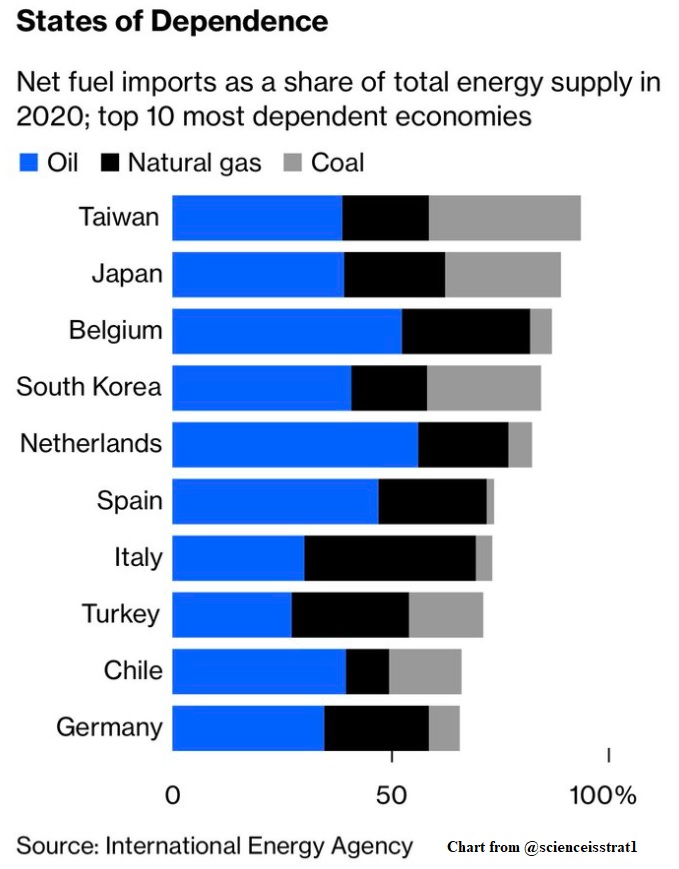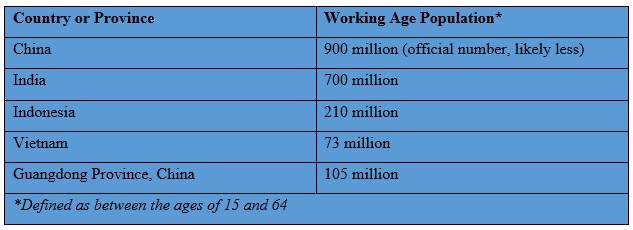A while after starting at the Trade Development Alliance of Greater Seattle (TDA), I was scheduled to meet with George Duff, then president of the Seattle Metropolitan Chamber and a key partner of TDA. Indeed George had helped put TDA together a few years earlier, as always doing so behind the scenes, assembling the right parts like a master mechanic, an inventor who never asked for a patent, never took the podium to demand praise. He far preferred to accomplish than to speak. As Churchill once said, some are ambitious to do and some are ambitious to be. George was the former, ambitious in all of the right ways.
Whenever we remind people in a meeting that we are “talking to a parade not an audience,” we always properly attribute it to George, from whom we first heard the wisdom. George remained a source of wisdom throughout the years, including when we ran TDA, his office always open for a question, offering a willing ear and a helpful thought. He also was remarkably thoughtful. He knew of our love of the Seattle Mariners so one day when he was in retirement but still maintained an office at the chamber, he came into our office and plopped down a large file folder. It contained a cornucopia of memos, letters, data and information from the time when he helped save the Seattle Mariners, whose then owner was trying to abscond with them to Tampa Bay where he wrongly thought the grass (and money) was greener. George knew how much I would enjoy going through that folder and the added kick was he and I talking about the contents, and the Mariners. George, like anyone, made mistakes. Even the best at what they do are flawed. LeBron James and Michael Jordan miss shots. Tom Brady doesn’t complete every pass. Baseball players fail 70 percent of the time. We should do better at remembering the good in people instead of the current fad of concentrating on the bad. George Duff was a superstar of good. At doing and being good. RIP.
George’s obituary tells us he died sitting “in his favorite chair.” As we go to the furniture store anticipating an event we hope long in the future, we talk of Singapore’s relationship with Taiwan, China’s supply chain advantages and a surprise from AI. It’s this week’s International Need to Know, a knowledge atmospheric river washing over the world with international information and data.
Without further ado, here’s what you need to know.
Military Arranged Marriages
During the holidays we were having drinks and food with someone who works for a defense contractor. They told us they are very busy with Taiwan, which is good, since Taiwan, as you know, is under threat from China. U.S. defense contractors and Taiwan are an excellent arranged marriage. Interestingly, the guy’s company also does a fair amount with Singapore. We were unaware how much Singapore has been increasing its defense expenditures. It spends 3.2 percent of its GDP on the military, a level the U.S. has been bugging European countries to reach for decades. In fact, Singapore is the 22nd-largest military spender in the world. Over the past decade, Singapore’s average annual growth rate of defense spending is 6 percent. Singapore is generally cooperative with China on a host of economic issues as it needs to be for its welfare and success. But Singapore is increasingly worried about China’s intentions with Taiwan and China’s military activities in general. An invasion of Taiwan would be devastating for Singapore’s’ economy (and the world’s). Relatedly, below are the countries most dependent on energy imports. The guy we had drinks with will be in Taiwan a lot this year…and in Singapore.
Singapore is not on the below graph but more than 90% of its energy supply is imported
China Corner: China’s Supply Chain Advantages
We’ve been asserting the world is diversifying supply chains out of China but we also acknowledge that there are challenges to doing so. China’s working age population*, although declining for the last six years and will decline even more in the future, is still much larger than other countries to which supply chains might logically move in the short-term. China claims a working age population of 900 million people. It’s probably less than that just as China’s overall population is probably at least one hundred million people less than its claimed 1.4 billion. But even if China’s working age population is 850 million that’s still 150 million more workers than India’s 700 million and a heck of a lot more than Indonesia’s 210 million and Vietnam’s 73 million. In fact, Guangdong Province, a manufacturing and supply chain powerhouse for China, and its largest province, alone has 105 million working age folks. A lot of manufacturing has been moving to Vietnam but its workforce is not nearly large enough to replace China. Plus, Vietnam has infrastructure issues and a population in need of higher education. India has a large enough workforce to replace China but it has challenges too. Its transportation infrastructure lags behind China’s so consequently logistics costs are 20 to 30 percent more than in China. We still believe there will be significantly more diversification out of China but it won’t happen as quickly if India, Vietnam and Indonesia don’t address internal issues and with the exception of India, none are large enough to solely replace China.
Chat GPT3 Already Changing Our Life
So far we are not being replaced by the big leaps in language model AI but rather aided by them. Case in point is we used Open AI’s Chat GPT3 to help us with the two above articles. We asked Chat GPT3 “What is the size of the working age population for Guangdong Province? and it quickly came back with the right answer, the source, and some helpful context. When we type the same question into Google or Bing, we have to wade through ads, a variety of data about China unrelated to Guangdong Province, old data and other extraneous information. Similarly we obtained some of the information on the Singapore-Taiwan relationship through Chat GPT3, including data on Singapore’s defense spending. Now as you can see from the links we provided in the articles, and the reference to our conversation with a defense contractor friend, we didn’t rely solely on Chat GPT3. And, when we tried out of curiosity to write the full working age population article using Chat GPT3 in our writing style, it failed completely. Well, I mean, it failed to write it in our International Need to Know style. It actually wrote a perfectly good essay (longer than the article above) that we would have felt comfortable turning in as an assignment for an economics class. Of course, we have experienced failures using GPT3 and some of the other breakthrough AI technology. And others are writing extensively about these new AI tools’ flaws and limitations. But if we are already finding them a useful tool and we know of others who are too, including for transcribing interviews, we cautiously estimate that our world is changing profoundly and we don’t think most people are ready for it.
This image was created by AI (DALL-E). Pretty sure Chat GPT3 is the only way George Martin’s Game of Thrones book series will be finished.




